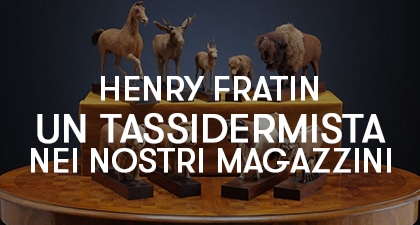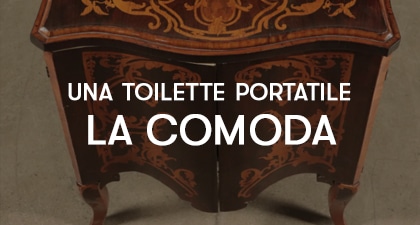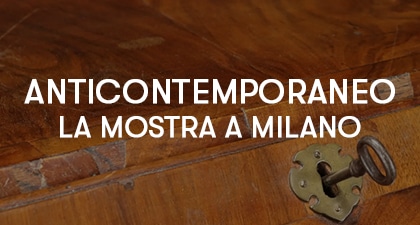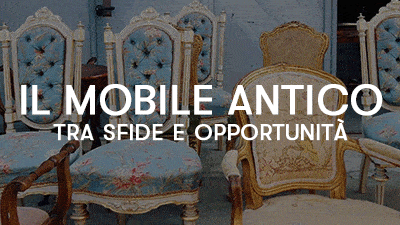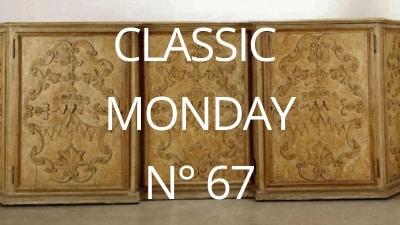
The first oriental lacquers arrived in Europe already in the seventeenth century, but it was only a century later that they had a great diffusion on the continent. Chinese lacquers were in fact items highly demanded by the market, but often too expensive and difficult to find.
The furniture or lacquer objects, in fact, needed long preparation times and different craftsmen; carpenters, painters for decorations and, often still different figures, those who spread the lacquers, substances of vegetable origin that had to be applied in several layers, to increase the shine of the work.

In China the realization of these articles followed precise rules, with the derivation of the lacquers from resins of specific arboreal qualities and with spreads of this substance that, in the most valuable articles, reached up to 200 or 300 layers.
One can therefore well understand the reason for the often exorbitant prices of Chinese lacquers.
Thus manufacturers developed throughout the old continent that tried to imitate oriental lacquers, each with its own recipes and different colors.
Among the first experiments there are those of Roman artisans, favored in cultural exchanges with the East for the large presence of groups of Jesuit missionaries. From this epicenter, experiments continued in the major European capitals, among which Paris stood out.
In the city French, in fact, the vernis Martin spread, designed by the homonymous brothers, based on copal (subfossil vegetable resin) mixed with a base color.

In this way they could be used not only on smooth surfaces but also on rounded ones, typical of Louis XV style furniture, widespread at the time.
Among the Italian cities, Venice stood out in the production of lacquers.
The lagoon lacquers had peculiar and easily recognizable characteristics, also developing in the form of the so-called “poor lacquer”, today’s découpage.
Both in the classic and in the poor form, lacquer was a technique that was applied to different items, from the entire furniture (commode, tables, mirrors), to small format objects such as boxes or trays.
It was widely used for the valuable effect of objects richly decorated with foliaceous Greeks and even small scenes, made bright and brilliant by the paint above.
Il protagonista del nostro Classic Monday è un cofanetto portagioie, prodotto nella città lagunare nel terzo quarto del XVIII secolo.
The wavy shapes and the domed lid are an expression of the European taste of the time. The green background is typical Venetian furniture, as evidenced by the furniture in Ca’ Rezzonico in Venice, a museum in which various examples of lacquers are still preserved today.

The painted surface is fully decorated: on the edges above the feet there are reserves created by red scrolls, within which there are flowers.
On the floor, framed by an interweaving of red scrolls, we find a scene painted with three birds resting on flowering twigs. The subjects painted on the lacquers, as in this case, are often a fusion between the oriental taste and the more typical taste of the rococo, both characterized by asymmetry, lightness and perspective spatiality.


